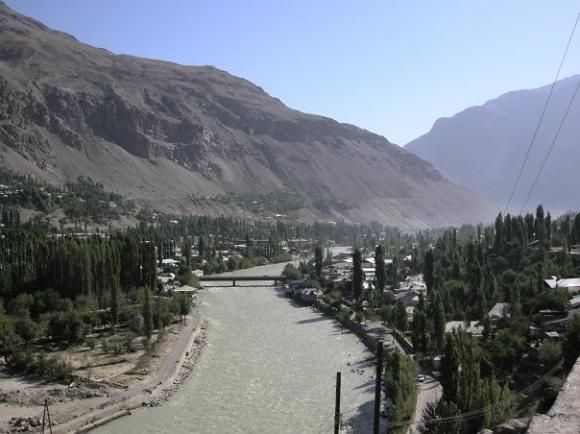Reports that phone, internet and roads were blocked in Pamir, were accompanied with information that the independent news site Asia Plus was blocked in Tajikistan, later also YouTube. Official Dushanbe reported of 30 militants, 17 army and one civilian casualty after the attack, along with the arrest of 40 militants, including 8 Afghani citizens. Due to the information blockade, there are no confirmed numbers of casualties and damage to civilians and civilian property.
Since 25 July the central forces have laid down their weapons, giving the militants time to surrender with negotiations ongoing. In the meantime, food delivery is scarce to the remote region, and insecurity spreads as to what will be the continuation even if the latest news say that some of the militants are ready to lay down their weapons. There have been reports of raids and snipers also during the ceasefire, and criticism of lacking information stream. Lack of information to the inhabitants in the region before, during and after the attack is an extra ordeal for the Pamiris, who were suffering the most from the tragic civil war in the newly independent republic in the nineties. What seems clear is the disproportionality in the attack, where large military forces were used in what allegedly was a police action to arrest murder suspects, and no particular action was taken to protect civilians.
The UN and the OSCE have expressed their concern with the government’s handling of the situation. In particular taking into consideration the remote location of the actions the Tajik government is criticized for restricting access to YouTube as soon as video clips were available there, and not ensuring communication channels. Tajiks from all over the world have joined forces by the use of social media, sharing information about the incident and also appealing to the international society with requests for help – humanitarian assistance, restoring of communication channels and ensuring human rights. Though Pamir is an autonomous region and the citizens speak a different language and adhere to a different branch of Islam than the remaining Tajikistan, Pamiris and Tajiks stood side by side in pickets and demonstrations all over the world, and have made two common statements for support.
Read the two statements here and here
Background
Tajikistan is the poorest country in Central Asia, a non-transit mountainous country bordering Afghanistan in the south and China in the east. After the bloody civil war in 1992-97, a fragile peace agreement has been in place in the country. The war was tragic, and in particular targeted the population of the eastern Gorno-Badakhshan/Pamir province, where the inhabitants speak a different language and adhere to the Ismaili branch of Shia Islam as opposed to the mainly Sunni remaining population. Since then, the remote mountainous province has been functioning in a certain self-autonomy from the central government. With the violence, old distrust and memories from the civil war re-emerge. Similarly, concerns with Tajikistan’s ability to maintain control with its borders with Afghanistan when NATO withdraws, increase.
